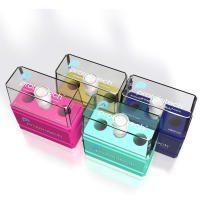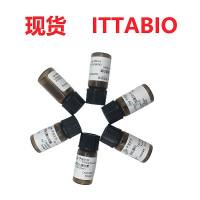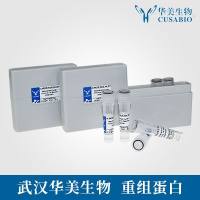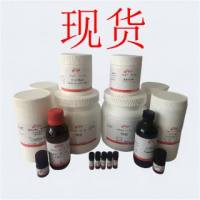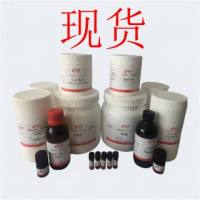Use of Charged PEG and Dextran Derivatives for Biomolecule Partitioning
互联网
791
The partitioning of biopolymers and bioparticles between the two phases of polymer-polymer aqueous two-phase systems depends on the kind of electrolytes present in the system. This is a consequence of the ionic charge of the partitioned material and the difference in affinity of cation and anion of the electrolyte for the phases. One of the ions can be given a very high affinity for a phase by attaching the ion to the polymer concentrated in this phase. In the case of polyethylene glycol (PEG)-dextran systems, PEG has been used as the carrier of ion charge (1 ). This molecule has two functional groups-the two terminal hydroxyl groups-that can be used for introducing the charged elements. number of ways to synthesize such derivatives has been published (2 ,3 ). If all PEG in a system carries two ionic groups per molecule, the phaseforming properties of the PEG are reduced and the phase diagram is considerably changed (4 ). By introducing relatively high concentration of salt (i.e., 100 mM NaCl) in the system, this effect can be eliminated, but then the effect of the modified PEG on the partitioning of biomaterials will also be strongly reduced. To get the optimal steering effect, monosubstituted PEG should be used; only a part of the PEG in the system normally has to be in modified form, and the salt should have an optimal concentration (2-10 mM ) (5 ,6 ).


